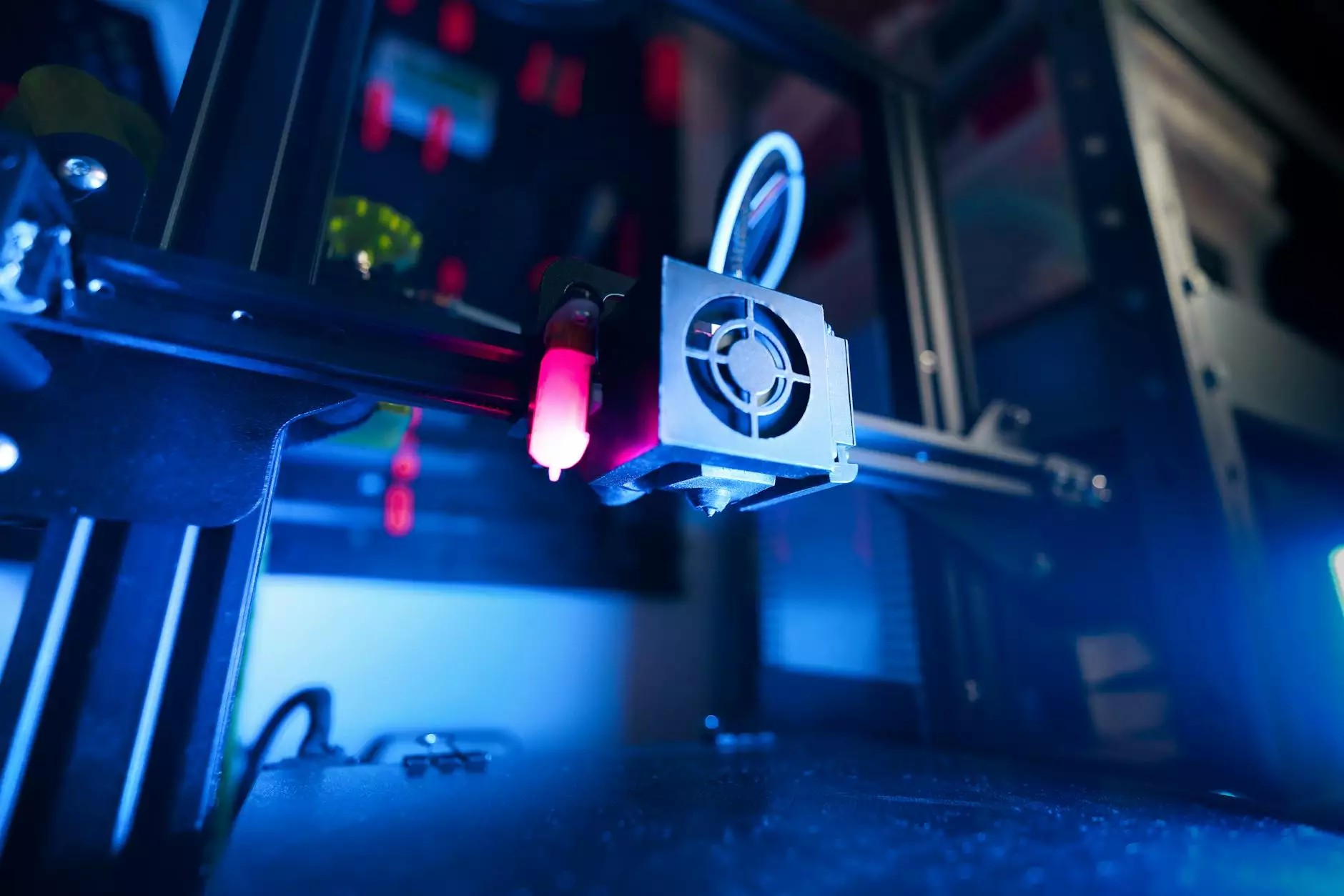Silo Temperature Monitoring: Ensuring Optimal Storage Conditions

In the vast world of agriculture, effective management of resources is critical for success. One of the most important aspects of storing grains and other agricultural products is maintaining the right temperature, and this is where silo temperature monitoring systems play a pivotal role. This article delves deep into the intricacies of silo temperature monitoring, outlining its importance, methods, and the impact it has on the overall quality of stored goods.
Understanding Silo Temperature Monitoring
Silo temperature monitoring is a systematic approach to measuring and controlling the temperature within silos, where grains are stored. This monitoring is essential for preventing the growth of spoilage organisms that thrive in high-temperature conditions. A well-functioning monitoring system can help farmers and grain handlers ensure that their stored products maintain their quality over time.
The Importance of Silo Temperature Monitoring
Understanding why silo temperature monitoring is vital can be summarized in the following points:
- Prevention of Spoilage: High temperatures can lead to spoilage and deterioration of stored grains, affecting both quality and marketability.
- Reduced Pest Infestation: Certain pests thrive in warmer environments; by managing temperatures, pest populations can be controlled.
- Maximized Shelf Life: Keeping grain at optimal temperatures extends its viability for consumption and use.
- Cost Efficiency: By preventing spoilage and quality loss, farmers save on losses and maintain profitability.
How Silo Temperature Monitoring Works
Silo temperature monitoring employs various techniques and technologies to ensure accurate readings and effective management. Below are the main components involved:
1. Temperature Sensors
Modern systems use a range of state-of-the-art sensors that can be placed at multiple levels in a silo. These sensors continuously measure the internal temperature and provide real-time data.
2. Data Logging
Data loggers are employed to record temperature changes over time. This data is vital for identifying trends and issues before they escalate into significant problems.
3. Remote Monitoring Systems
With advancements in technology, many systems now allow for remote access. Through mobile applications or web platforms, users can monitor silo temperatures from anywhere, ensuring vigilance even when away from the site.
Best Practices for Silo Temperature Monitoring
Implementing effective silo temperature monitoring requires a systematic approach. Here are some best practices to ensure optimal operation:
- Regularly Calibrate Sensors: Accurate readings are paramount. Make it a habit to calibrate sensors according to the manufacturer’s recommendations.
- Establish Baseline Temperatures: Understand the typical temperature range for your specific stored grain types to pinpoint deviations early.
- Conduct Routine Inspections: Regular checks on equipment and systems will help catch technical failures before they lead to problems.
- Integrate with Other Monitoring Systems: Combine temperature monitoring with humidifying systems for a comprehensive approach to grain storage.
Technologies Used in Silo Temperature Monitoring
The evolution of technology has greatly enhanced silo temperature monitoring. Here’s how:
1. Digital Sensors
These sensors provide precise measurements and come equipped with features like automatic data logging and alerts.
2. IoT Integration
The Internet of Things (IoT) allows for the seamless connection of monitoring devices. This integration provides a network of information that can help in forecasting and problem-solving.
3. AI-Powered Analytics
Artificial intelligence can analyze temperature trends and predict potential issues before they arise. This predictive analytics capability can significantly optimize storage practices.
The Role of Silo Temperature Monitoring in Quality Assurance
Quality assurance is vital for any farming operation. So, how does silo temperature monitoring fit into this framework?
- Maintaining Structural Integrity: Consistent temperature regulation helps preserve the structural integrity of storage equipment, preventing failures that could compromise stored grains.
- Ensuring Compliance: Many agricultural products are subject to quality regulations. Proper monitoring ensures compliance with these standards, preventing costly fines and recalls.
- Improving Traceability: Recorded temperature data provides an audit trail, enhancing transparency and accountability in grain handling.
Challenges in Silo Temperature Monitoring
While the benefits are substantial, challenges exist that users must navigate:
1. Sensor Malfunction and Calibration:
Regular maintenance and calibration can be a logistical challenge, especially for larger operations.
2. Environmental Influences:
External factors such as humidity and seasonality can impact silo temperatures, making it crucial to consider these variables during monitoring.
3. Cost of Implementation:
While effective, the initial costs of installing advanced monitoring systems can be a barrier for smaller operations.
The Future of Silo Temperature Monitoring
The future of silo temperature monitoring looks promising. With advances in technology, we expect to see improvements in:
- Automation: More automated systems will reduce the need for manual intervention, increasing efficiency.
- Enhanced Data Analytics: Greater integration with AI and machine learning will allow farmers to make data-driven decisions more effectively.
- Improved Sustainability: Future systems will likely be designed with sustainability in mind to contribute to more eco-friendly practices.
Conclusion
In conclusion, silo temperature monitoring is not merely a technical necessity but a strategic advantage for anyone in the agricultural sector. By ensuring the optimal storage conditions for grains, not only can you prevent spoilage, but you can also maximize yield quality and maintain profitability. As technology continues to evolve, embracing these innovations in silo temperature monitoring will prove essential for any modern farming operation.
For comprehensive solutions in farming equipment and reliable resources you can trust, visit tsgcinc.com. Join the revolution in smart farming today and elevate your agricultural practices to new heights!



